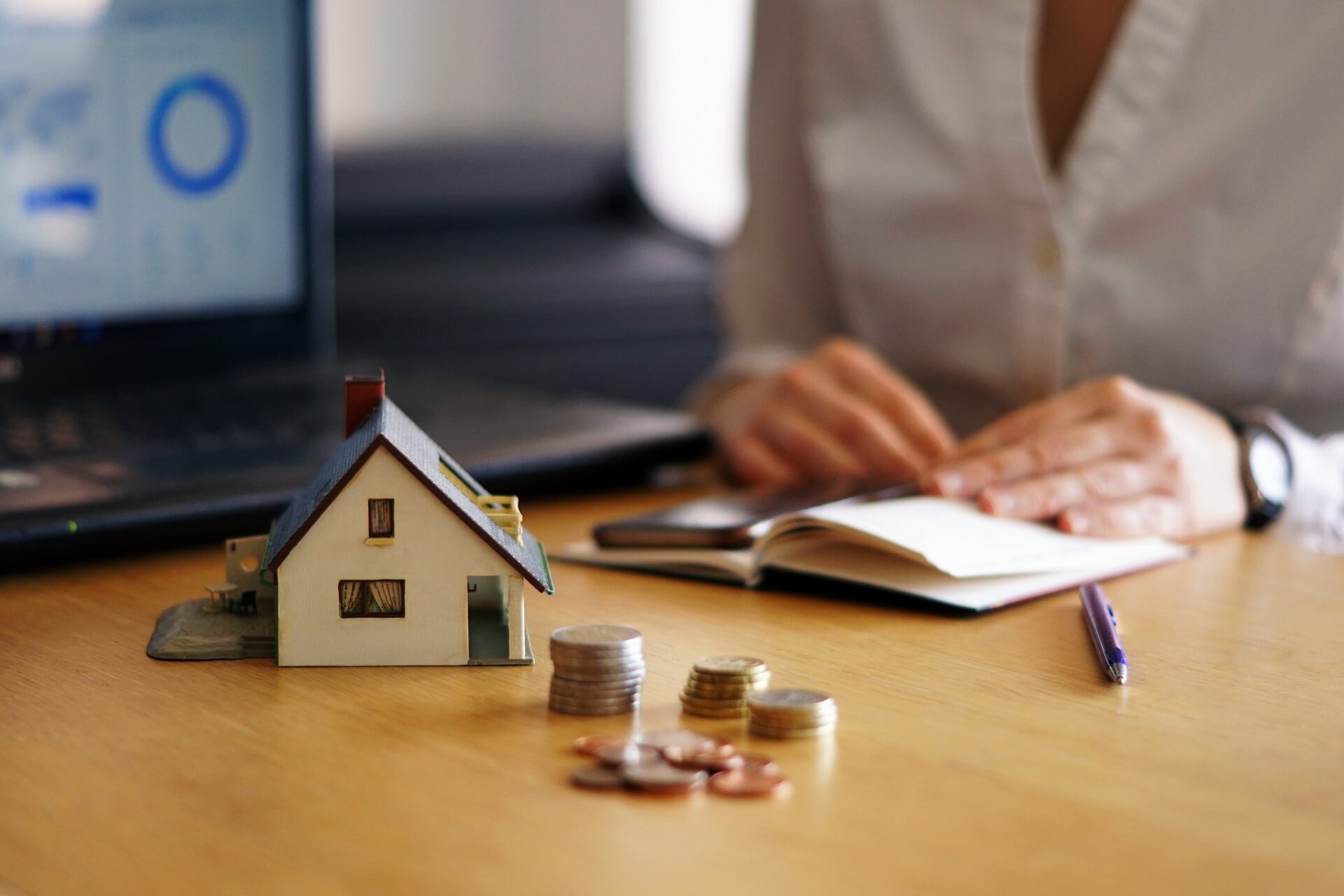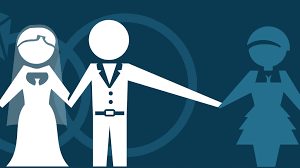A Practical Guide to Understanding House Payment Affordability
Buying a home is one of the biggest financial steps most people take in their lives. Beyond the excitement of moving into a new space, the decision to purchase property carries long-term financial responsibilities. One of the most important considerations is how much of your income can comfortably go toward housing without affecting your overall financial well-being.
Asking the Right Question
The starting point for every homebuyer is to ask: how much house payment can I afford? This question is not only about qualifying for a mortgage but also about ensuring the monthly repayment aligns with your lifestyle, savings goals, and future plans. Lenders often calculate eligibility using set formulas, but true affordability depends on personal circumstances.
General Guidelines for Affordability
A widely accepted rule of thumb is to keep your mortgage payment within 25–30% of your gross monthly income. For example, if your pre-tax income is $7,000 per month, your monthly repayment should ideally stay below $2,100. This allows space in your budget for other financial commitments like utilities, food, transport, and savings.
While this benchmark provides a useful starting point, it doesn’t account for everyone’s unique financial situation. Some people prefer to spend less to allow for travel, investments, or family needs, while others may feel comfortable stretching their budget if they have stable income and long-term job security.
Key Factors That Shape Affordability
1. Income Consistency
Stable income is critical in deciding how much house payment you can manage. Salaried employees with predictable earnings may be able to afford more than individuals with fluctuating income streams such as freelancers or commission-based workers.
2. Existing Debt Obligations
Your overall debt-to-income ratio plays a major role. Lenders usually recommend keeping total debts—including mortgage, car loans, student loans, and credit cards—under 40% of your income. A lower ratio means more breathing room in your monthly budget.
3. Savings and Emergency Reserves
Even if your mortgage fits within a comfortable percentage of your income, unexpected expenses can throw off your finances. Having a cushion of at least three to six months’ worth of living expenses ensures you can handle emergencies without financial strain.
4. Lifestyle Choices
For some, maintaining a modest mortgage leaves room for travel, entertainment, and hobbies. Others may be willing to allocate a larger portion of income toward housing if homeownership is their top priority. Your choices should reflect your long-term goals.
5. Future Financial Goals
Whether you plan to start a family, pursue higher education, or retire early, your house payment should complement—not hinder—those ambitions. Thinking ahead can help you avoid feeling locked into a financial commitment that restricts your options.
Beyond the Mortgage: Extra Costs to Consider
A common mistake buyers make is focusing only on the repayment amount. Owning a home comes with additional ongoing costs, including:
- Property taxes – These vary by region and can significantly impact your monthly budget.
- Insurance – Essential to protect your home and belongings.
- Maintenance and repairs – Homes require regular upkeep, from replacing appliances to major structural work.
- Utilities – Electricity, water, gas, and internet all add to monthly expenses.
- Homeowners association fees – If applicable, these can be substantial.
Factoring these in provides a clearer picture of your true housing costs.
Tools and Calculations to Help
Financial experts often recommend the 28/36 rule:
- Housing costs should not exceed 28% of gross monthly income.
- Total debt payments should not exceed 36% of gross income.
For instance, if you earn $6,500 a month:
- Your maximum housing cost should stay around $1,820.
- Your overall debt, including the mortgage, should not exceed $2,340.
This framework gives a more precise measure of affordability.
Pre-Approval vs. Reality
When you get pre-approved for a mortgage, the lender provides a figure based on your financial profile. However, this is often the maximum amount they’re willing to lend—not necessarily the amount you should borrow. It’s important to compare this figure with your personal budget to ensure it doesn’t stretch you too thin.
Tips for Staying Financially Comfortable
- Borrow less than the maximum offered by lenders. This helps create breathing room in your budget.
- Save a larger deposit to reduce the size of your loan and potentially secure a better interest rate.
- Plan for rising interest rates by testing whether you could still manage payments if rates increased by 1–2%.
- Keep an emergency fund to protect yourself against unexpected events such as medical expenses or job changes.
Mistakes to Avoid
- Relying on future income growth to justify a larger mortgage. It’s safer to base decisions on current income.
- Ignoring hidden costs of homeownership like maintenance and repairs.
- Underestimating lifestyle needs, which can lead to feeling financially restricted.
Balancing Dreams with Reality
Owning a home should bring peace of mind, not financial anxiety. By carefully considering your income, debts, savings, and personal goals, you can find the balance between affordability and comfort. A sustainable mortgage allows you to enjoy the benefits of homeownership while still living the life you envision.
Conclusion
Determining how much house payment you can afford requires more than just lender approval—it involves a thoughtful review of your financial situation and future priorities. By following affordability guidelines, accounting for hidden costs, and planning conservatively, you can step into homeownership with confidence and stability.






